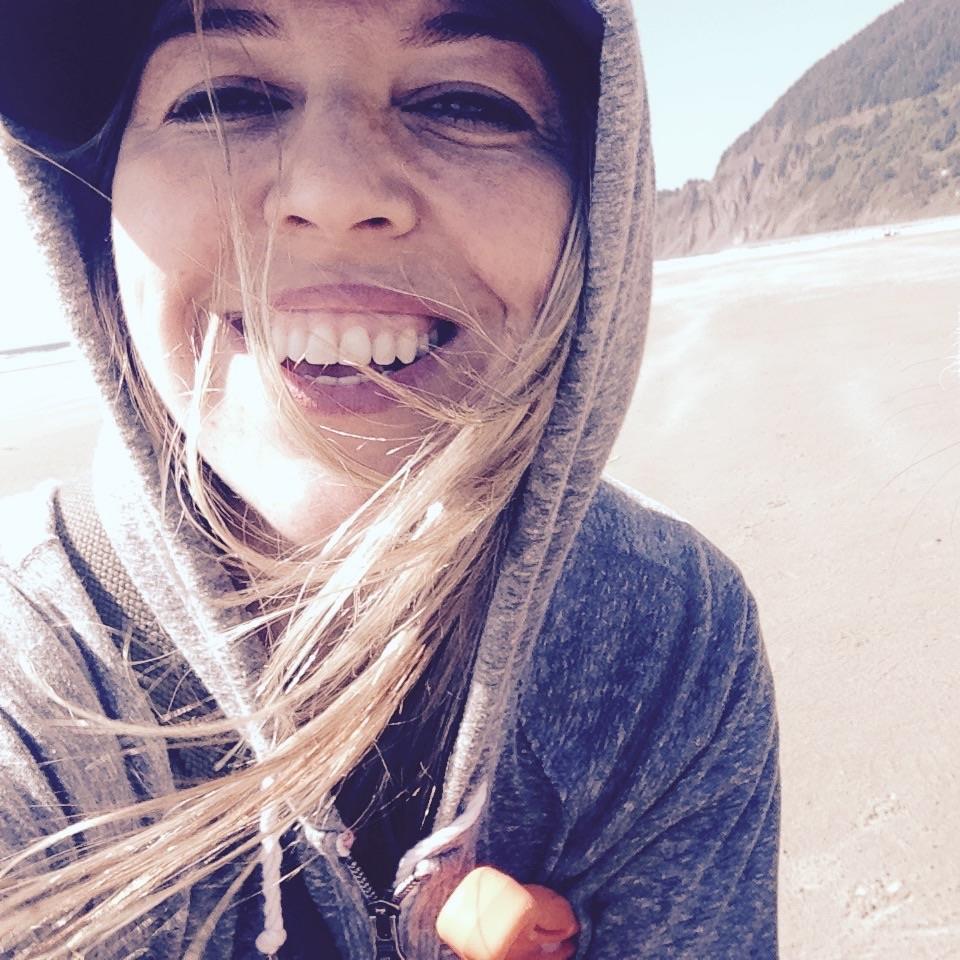Out For Dinner? No, Gone Fishing
PUBLICATION: The Beach Times, Costa Rica, print edition
It isn’t often you arrive at a new seafood bistro, dressed for a casual evening out, only to be handed a fishing rod, stocked with chicken bait, and directed to the backyard pond.
But if you want dinner at Rob and Rena Willis’ place, that’s precisely what to expect.
Whether you bring your own rod or use one of the lines on site, dining at Langostinos KoKo is what can only be referred to as “an interactive experience.”
In short, and as a customer, you catch your own dinner and afterwards an employee pulls it off the line, cleans it, wraps it, and cooks it.
Of course, with 550 hungry fish in each of the regularly stocked ponds, the task is less daunting than it sounds. In fact, the Willis’ say a catch, which averages two and a half feet in length, is virtually guaranteed.
More than fishing expertise, it seems, the requisite for dining on their grounds is a steadfast love for catfish.
The restaurant, sitting just outside Playas del Coco, on the road between Comunidad and Sardinal, serves catfish tacos, catfish cakes, catfish fillets, and catfish fingers. The pond is stocked one hundred percent with catfish and soon they will offer catfish charbroiled, catfish sautéed and perhaps even blackened catfish.
“You can prepare catfish any way you can prepare any type of fish,” Rob says. “It’s sort of like Bubba Gump.”
Although according to the owner, the only way a real southerner eats catfish is fried.
“It’s tradition,” he says. “It’s just southern cooking, the deep-south way of preparing it. It’s like the saying, ‘you can have catfish any way you want as long as it’s fried.’”
To accompany the obvious, their menu offers a medley of southern eats including coleslaw, black-eyed peas, bread with honey-butter, fried zucchini and corn pudding, as well as American diner food like cheeseburgers and chicken strips.
Southern cuisine is difficult to find in Costa Rica, the couple says, which is why their food is so popular. That, and the fact everything on the menu can be prepared in less than 30 minutes.
“People can come in here and eat in not a lot of time, but it is still quality food,” Rena says. “The fish is caught here in the morning, filleted here, processed here and breaded.
“A lot of these recipes come from my grandma, his grandma,” she adds. “The stuff you find at family reunions and big gatherings. It’s the comfort food that everyone loves.”
The eatery sits on an 80-hectare plot Rob’s father bought 20 years ago. Like the restaurant, the farm is also called Langostinos KoKo and it breeds about a million catfish and six million giant shrimp each year.
The farm is unique in that employees use a surface-feeding technique designed to draw the fish away from the pond floor to decrease the so-called “junk” they pick up when bottom-feeding. The idea is to enhance the taste and quality of the final product.
“We’re more of a boutique farm,” Rob says. “We need to make sure everything goes out super high quality. It’s simple, but it’s rare.”
In addition to catfish, the farm produces jumbo Malaysian prawns, which can weigh up to four pounds. However, the shrimp are hard to grow and Rob calls the seasonal menu item a hobby crop.
The primary attraction remains catfish and, though catching is easy, Rob says you don’t have to dangle a rod to eat at the restaurant.
“If you want to go fishing you can, but you don’t have to,” he says. “It’s basically considered a standard full service restaurant with the option of eating what you catch.”
Construction of the third-story restaurant, which also involved building the house it sits upon, began in May of 2003, after the Colorado couple visited the country on vacation.
“We were tired of staring at computer screens 15 hours a day,” says Rob, who like his wife was a software engineer. “My office had a bed in it. We came down here to honeymoon and didn’t return.”
The farm works one hundred percent with well water and, unlike larger factory farms that generally kill predatory birds and wildlife, Langostinos lets nature take its course.
The various species of birds, for instance, like egrets, wood storks, owls, herons, and spoonbills, are allowed to actively eat out of the pond, despite losses they cause to the crop.
“We don’t kill the birds, we don’t kill the crocodiles, we don’t kill the animals,” says Rena.
“We’re trying to find a balance between farming and nature. It can exist because this farm exists.” And do they ever get tired of catfish?
The couple says with so much time invested in the restaurant and their livelihood dependent on the stuff, they’ve come to love the scaly, finned creature, although Rena admits the fish is not exactly poster material.
“They’ve got these big whiskers that hang out the side,” she says. “They’re funny looking, but really are a pretty ugly fish.
“They look like they’re smiling at you.”
This article was originally published in The Beach Times newspaper. Guanacaste, Costa Rica. Photo with permission from Pixabay.





